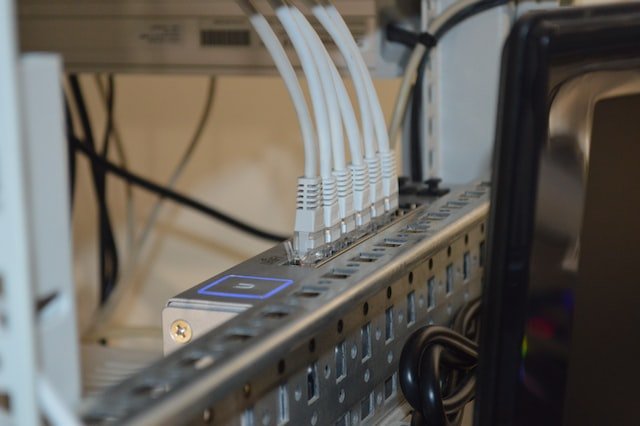Understanding the Basics of IoT Connectivity
The Internet of Things (IoT) is an exciting technology that connects devices and the Internet. It automates everyday tasks and improves the quality of life.
However, choosing the right IoT connectivity solution requires understanding the basics. This article discusses the critical factors you should consider when selecting a solution for your application or project.
Power
Power is the energy a device can transfer or convert in one unit of time. It’s also essential in IOT connectivity because many IoT devices rely on battery power.
Power consumption is a significant factor in IOT connectivity because the right solution will help ensure that your IoT devices operate for the entire lifecycle of their batteries without wasting precious power. That’s why it’s critical to carefully plan how your IoT device connects to the network, including the technology that powers its connection.
For example, Ethernet connections are an excellent option for a device that doesn’t need to move from a fixed location. However, they can be costly if you need an intelligent gateway to optimize power management.
If you need to transmit a lot of data, then bandwidth is critical. Bandwidth on the Internet can be like space on a city bus: there’s a finite number of seats, so if you need to send a lot of data, you’ll have to make some tradeoffs.
Fortunately, a variety of IOT connectivity options help you save energy, even when you’re sending a lot of data. These solutions use specialized technologies that were built for IoT, such as LTE-M and NB-IoT, that can reduce power usage in IoT devices by up to 20 percent.
Bandwidth
Bandwidth is the amount of data that can be sent across a network in a given period. It’s often mistaken for internet speed, but bandwidth is the maximum capacity of a connection and is measured in megabits per second (Mbps).
IoT devices like self-driving cars need high bandwidth to transmit and receive data while moving at top speeds. This is important for the safety of the drivers, as well as for the convenience of users.
For this reason, selecting a connectivity solution that can handle your bandwidth needs is critical. The right IOT connectivity solution should handle the demands of a growing network and deliver guaranteed uptime.
The best way to determine your bandwidth needs is to run a speed test on your connection. This will allow you to measure how quickly your contacts transfer data and how many files your network can download in a given time.
It’s also important to consider your budget and how much you typically use the Internet to determine your maximum bandwidth requirements. This will help you avoid ordering too much internet service or paying more than you need.
Range
No matter what type of IoT project you’re working on, three things are essential for ensuring reliability: range, bandwidth, and power consumption. All of these factors will affect your device’s ability to communicate with the network and how quickly the data reaches your end devices.
The best connectivity solution for your needs balances these three critical criteria. Selecting a technology with too little range or bandwidth could negatively impact the functionality of your smart device, making it inaccessible.
A simple example would be if you wanted to install a moisture sensor in an agricultural field, but the only options are WiFi or Bluetooth (which don’t have the range needed). Cellular and satellite solutions are perfect for this kind of long-range application.
Bandwidth is also necessary for applications that require high data throughput, such as self-driving cars. This is especially true if your devices need to send real-time data and receive remote firmware updates that can be delivered Over-the-Air (OTA) for future-proofing.
Many IoT technologies are available, ranging from short-range, battery-powered solutions like Bluetooth and WiFi to LPWANs like LTE-M and NB-IoT that cover large distances. Each of these technologies has strengths and weaknesses, as shown in the chart below.
Security
Security is an essential aspect of IOT connectivity. It ensures that the data transmitted by the IOT devices are not intercepted and abused by hackers.
The key to securing IOT networks is ensuring that all hardware and software solutions connected to the network are as secure as possible. This requires evaluating each component to identify vulnerabilities.
Updates are crucial for reducing the risk of vulnerabilities that attackers can exploit. This is especially true for software, which should be updated whenever a vulnerability patch is released.
In addition, you should protect the authentication keys generated by the cloud service. If these keys are compromised, an attacker can use them to masquerade as an existing device and access the IoT system.
You should also ensure that only trusted users can provide commands to the IoT device. This is important for preventing malicious parties from compromising the entire IoT network by manipulating machine-to-machine communication or AI decisions made on the device.
The most common attack tactics for the IoT involve malware, such as ransomware or botnets, and unsecured connected devices that can be used to generate DDoS traffic. These attacks are more effective if they can use many unsecured IoT devices, which can be more difficult to block.




